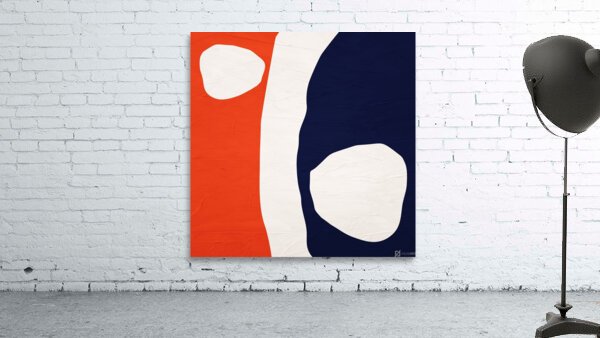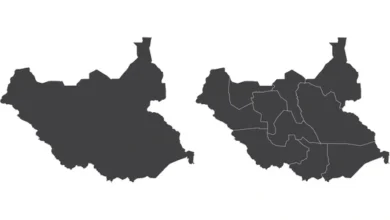Art:0qof9cvfkr4= Shapes

The exploration of Art:0qof9cvfkr4= Shapes serves as a critical lens through which one can examine the interplay between form and meaning. Geometric shapes often convey stability and order, while organic forms evoke a sense of dynamism and emotional complexity. This discussion will unpack how these elements not only represent aesthetic choices but also reflect deeper cultural narratives and personal experiences. As contemporary artists redefine these relationships, the impact of shapes transcends visual perception, prompting us to consider their broader implications. What unfolds in this intersection of geometry and emotion may challenge established conventions and provoke unexpected insights.
The Concept of Shapes in Art
How do shapes influence the perception of art?
Shapes convey symbolic meanings that vary across cultures, influencing viewers’ interpretations. Geometric forms may evoke order and stability, while organic shapes can suggest fluidity and chaos.
These diverse cultural interpretations of Art:0qof9cvfkr4= Shapes reflect societal values and beliefs, allowing artists to communicate complex ideas and emotions.
Thus, shapes serve as vital tools in the realm of artistic expression.
Read more: Art:0qiqzhzuytq= Christmas
Emotional Impact of Geometric Forms
Utilizing geometric forms in art can profoundly shape emotional responses, as these shapes often evoke specific feelings and associations.
Color psychology plays a critical role, with hues influencing perceptions and moods.
Additionally, spatial dynamics created by geometric arrangements can elicit sensations of harmony or tension, guiding the viewer’s emotional journey.
Ultimately, the interplay of form, color, and space invites personal reflection and freedom of interpretation.
Historical Perspectives on Shape
As art has evolved through various historical epochs, the significance of shape has been reinterpreted and recontextualized, highlighting its role as a fundamental element in artistic expression.
Ancient symbolism often imbued shapes with profound meanings, while cultural interpretations shaped their significance across societies.
This dynamic interplay reveals how shapes transcend mere aesthetics, embodying cultural narratives and serving as a vessel for collective identity.

Contemporary Artists and Their Works
Contemporary artists’ innovative approaches to shape reflect a profound engagement with both traditional and modern concepts, transforming the way viewers perceive and interact with art.
Through installation art, creators often manipulate space and form, inviting immersive experiences.
Meanwhile, abstract expressionism challenges conventional boundaries, emphasizing emotional resonance and fluidity.
Together, these movements redefine artistic expression, offering a liberated space for exploration and interpretation.
Read more: Art:0qiqzhzuytq= Merry Christmas Drawing
Conclusion
In the realm of art, Art:0qof9cvfkr4= Shapes serve as silent storytellers, echoing the sentiments of human existence much like the brushstrokes of Van Gogh convey tumultuous emotion. The interplay between geometric rigor and organic spontaneity not only reflects the dichotomy of stability and chaos but also invites profound introspection. As contemporary artists continue to manipulate these forms, the evolution of shapes transcends mere visual representation, becoming a conduit for cultural identity and shared experiences, reminiscent of the interconnectedness found in a woven tapestry.





